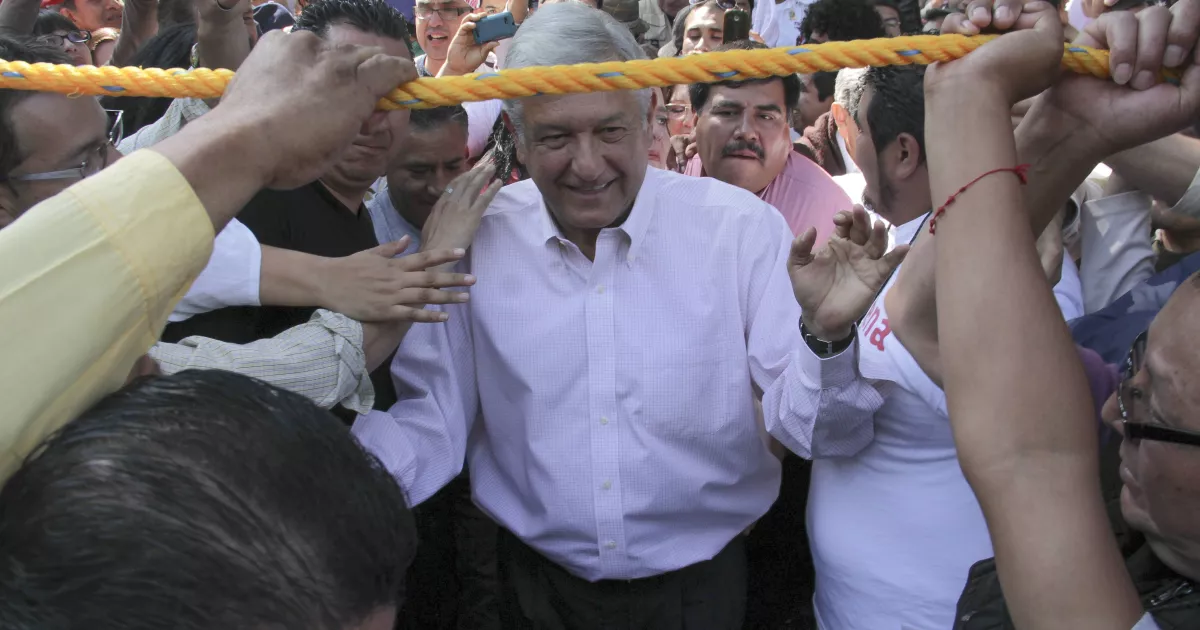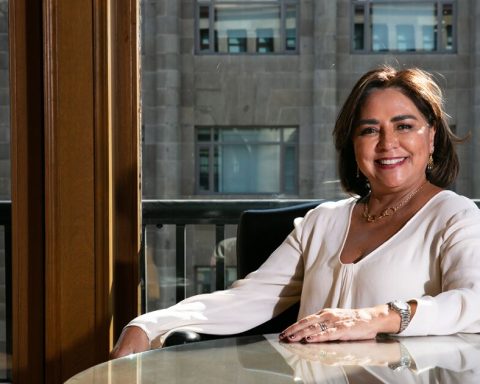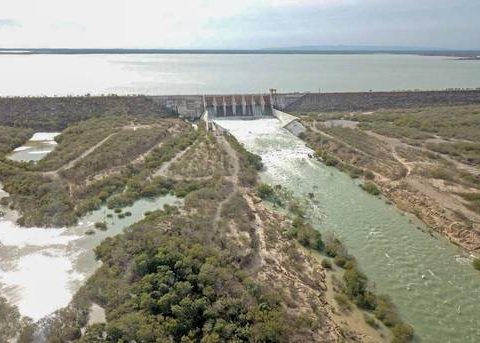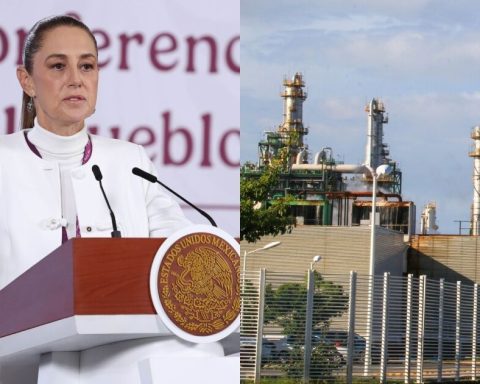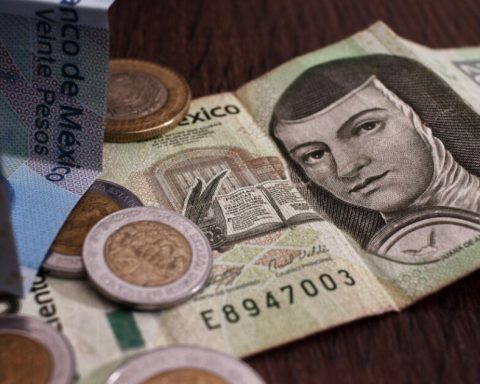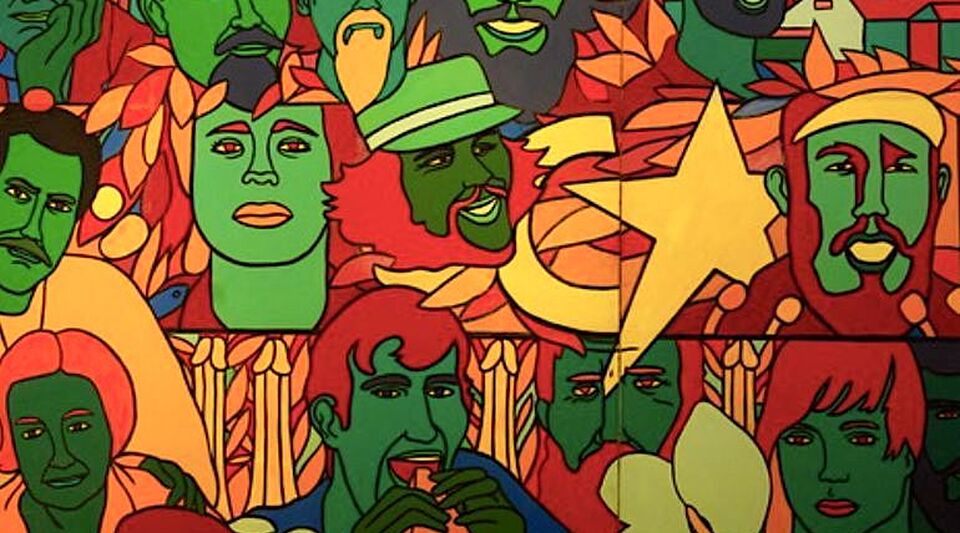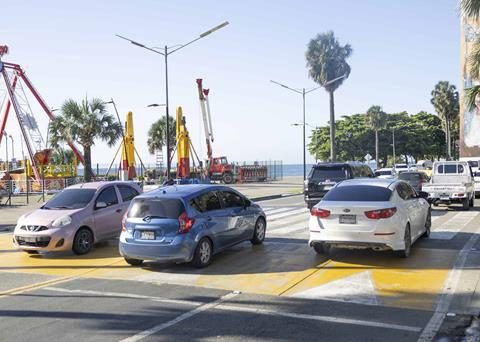This is the mobilization called by the president himself seventy-two hours after citizens mobilized against the electoral reform initiative and in favor of the National Electoral Institute (INE). The reason? “The report, four years of transformation. To also see if people are happy with the transformation, ”he noted at his press conference.
Specialists consulted by Political Expansion They consider that the mobilization called by the president is a reaction to what happened in the march in support of the INE to take over the public space where he has always considered that he controls.
For Aldo Muñoz Armenta, an academic at the Autonomous University of the State of Mexico, the president’s intention is to show that his convening power is much greater than that of the opposition, in addition to “eliminating” that image that his government is in decline.
“The easiest way to counteract the image that we all saw around the Angel of Independence and surrounding streets, is to call for another march. For the president, it is not only a matter of dispute over the narrative, it is about noting that he continues to be in command and that it is not the decline of his six-year term, it is summed up in photo against photo ”, he affirms.
In the last 30 years, there are several marches led by López Obrador. In 1991 when he was leader of the Party of the Democratic Revolution (PRD) he walked from Tabasco to Mexico City to denounce electoral fraud through the mobilization called “Exodus for democracy”; in 1994 he demonstrated again, this time to denounce that he had been the victim of electoral fraud; in 2005 he led a silent march against the threat of lawlessness; a year later he took to the streets to denounce fraud in the first of three presidential elections in which he has participated.
(Juan Pablo Zamora Pérez / Cuartoscuro.)
At 9:00 a.m. on November 27, the president plans the first mobilization of his administration, which will have as its trajectory to walk the 4.5 kilometers between the Ángel de la Independencia and the Zócalo of Mexico City.
“It is about showing the organizational capacity, the volume of people that the speech can gather, the causes and the political positions that the president upholds, compared to those that were organized last Sunday. It is circumscribed in a dispute for public space and for trying to hegemonize the public agenda, which is what the president has tried to do in recent years, not only as head of the Executive but as an eternal politician in the campaign, ”says Gustavo Urbina, professor and researcher at the Center for Sociological Studies of El Colegio de México.
